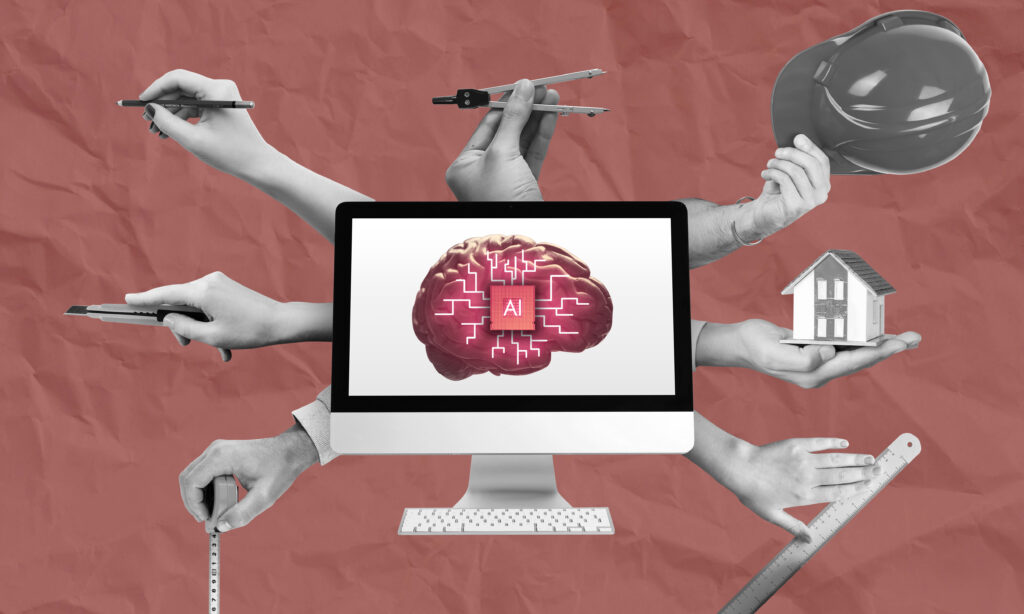Digital transformation requires companies and training organizations to quickly produce high-quality educational content. But how can production be optimized while ensuring engaging and effective training? The industrialization of production relies on structured methods and adapted tools.
1. Structuring training production with an effective methodological approach
Adopt an agile approach
Agility allows for accelerated production while maintaining a high level of quality. Key principles include:
- Defining clear pedagogical objectives from the start.
- Creating prototypes or storyboards to quickly validate module structures.
- Working in short cycles with continuous testing and improvement phases.
Focus on modular design
Rather than designing each training from scratch, modularization offers flexibility and speed:
- Break down training into reusable pedagogical units.
- Facilitate customization without starting from scratch.
- Gain scalability by assembling content according to needs.
2. Automate training production with suitable tools
Use rapid creation tools like ThaleiaXL!
Creation platforms allow for generating interactive modules without requiring advanced technical skills. These tools facilitate the design of dynamic, scripted, and interactive content from predefined templates.
Leverage Artificial Intelligence to optimize design
AI enables the automation of certain time-consuming tasks and improves training adaptability:
- Automatic generation of content and quizzes based on identified needs.
- Real-time personalization of learning paths according to learner performance.
- Automatic synthesis and reformulation to quickly adapt educational materials.
3. Optimize training management and delivery
Centralize resources in a Learning Management System (LMS)
An LMS is a system that manages, delivers, and tracks training. It is used by trainers and learners to access content, track progress, and obtain certifications. The LMS allows for:
- User and enrollment management
- Performance tracking and reporting
- E-learning module delivery
- Learner assessment (quizzes, certificates, etc.)
Standardize formats for better compatibility
Using standardized formats ensures smooth delivery and compatibility with different systems:
- SCORM to ensure progress tracking and integration with training platforms.
- xAPI to collect advanced data on user engagement and learning.
Conclusion
The industrialization of training production relies on an effective methodology, automation, and the use of adapted tools. By optimizing each step, it becomes possible to produce training quickly without compromising the learning experience.



